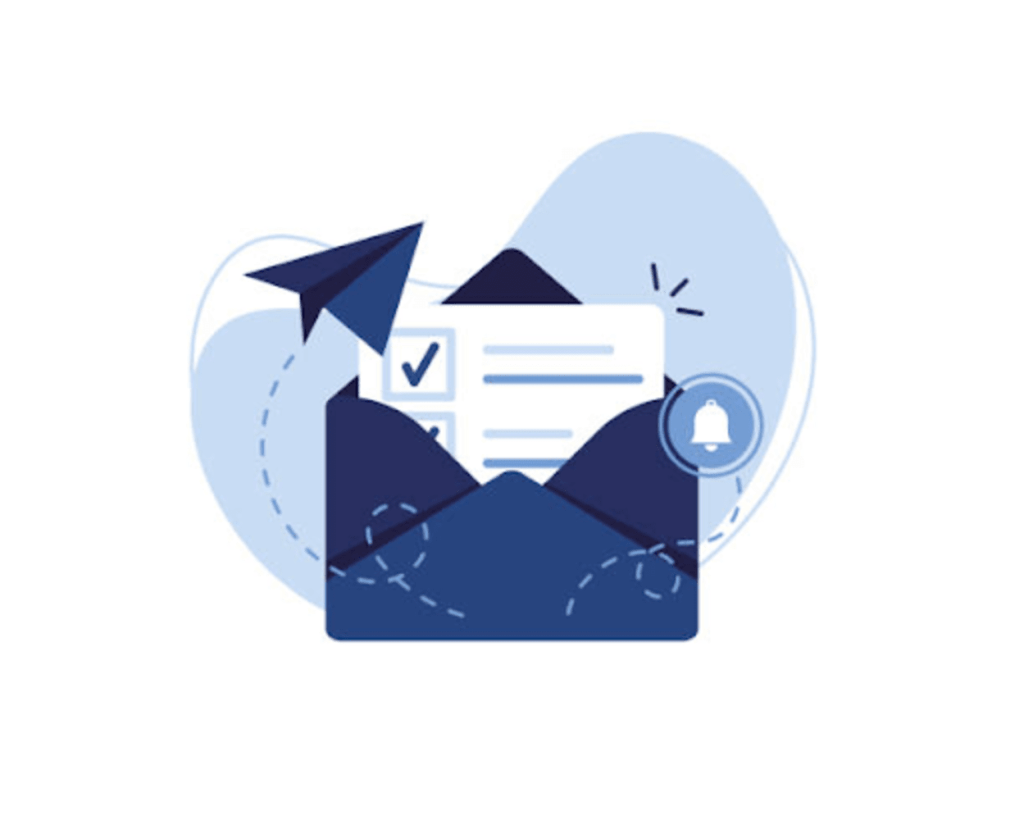
Email marketing segmentation is a crucial strategy for effectively targeting your audience and delivering personalized content. It involves dividing your email list into smaller, more focused segments based on various criteria, allowing you to send tailored messages that resonate with specific groups of subscribers.
Here’s how to use email marketing segmentation to target your audience:
Demographics: Segment your email list based on demographic information such as age, gender, location, and income. Tailor your messages to each group’s specific characteristics and needs.
Behavioral Data: Analyze how subscribers interact with your emails and website. Segment based on behaviors like email open rates, click-through rates, past purchases, and browsing history. Send targeted messages to re-engage inactive subscribers or reward loyal customers.
Purchase History: Categorize subscribers based on their purchase history. Create segments for first-time buyers, repeat customers, and those who abandoned their shopping carts. Send relevant product recommendations, exclusive offers, or cart abandonment reminders.
Preferences: Gather information on subscriber preferences. Find out what types of content they prefer, such as newsletters, product updates, or promotional offers. Tailor your emails accordingly to increase engagement.
Interests: Identify subscribers’ interests and hobbies. Create segments based on their preferences, and send content related to those interests. This can help increase open and click-through rates.
Lifecycle Stage: Segment your subscribers based on their stage in the customer lifecycle. Create segments for new leads, prospects, and long-term customers. Each group requires different nurturing and engagement strategies.
Engagement Level: Categorize subscribers by their level of engagement with your emails. Segments may include highly engaged, moderately engaged, and inactive subscribers. Customize re-engagement campaigns for the inactive group and reward the highly engaged ones.
Location: If your business serves different geographic regions, segment your list based on location. Tailor your emails to include location-specific offers or events.
Job Role or Industry: For B2B email marketing, segment your list based on job roles or industry sectors. Craft content that addresses the specific needs and pain points of each group.
Lead Source: Keep track of how subscribers joined your email list. Segmentation can help differentiate between subscribers who signed up through your website, a social media contest, a webinar, or other sources. Customize your messaging to acknowledge their origin.
Purchase Frequency: Create segments for subscribers who make frequent purchases and those who make occasional purchases. Tailor email frequency and content based on their buying habits.
A/B Testing: Conduct A/B testing to understand what type of content resonates with different segments of your audience. Use the insights from these tests to refine your email campaigns for each group.
Personalization: Personalize your email content by using the subscriber’s name, location, or recent purchases. This level of personalization can significantly improve engagement.
Lifecycle Nurturing: Implement automated email workflows based on the subscriber’s journey. Send welcome emails to new subscribers, follow-up emails after a purchase, and feedback surveys to gather insights.
Feedback and Surveys: Collect feedback through surveys to understand subscriber preferences and interests. Use this data to refine your segmentation strategy.

Email marketing segmentation allows you to create more relevant and engaging content, which can lead to higher open and click-through rates, increased conversions, and improved customer retention. By understanding your audience and tailoring your messages to their specific needs and behaviors, you can maximize the effectiveness of your email marketing campaigns.
Email marketing segmentation is a powerful strategy for small businesses to target their audience effectively and deliver personalized content. By dividing your email list into smaller, more focused segments based on demographics, behavioral data, preferences, and more, you can send tailored messages that resonate with specific groups of subscribers.
This level of personalization enhances engagement, improves open and click-through rates, and ultimately leads to higher conversions and increased customer retention. Small businesses can use email marketing segmentation to create a more meaningful connection with their subscribers and drive better results from their email campaigns. Understanding your audience and delivering content that aligns with their needs and behaviors is a key aspect of successful email marketing.



